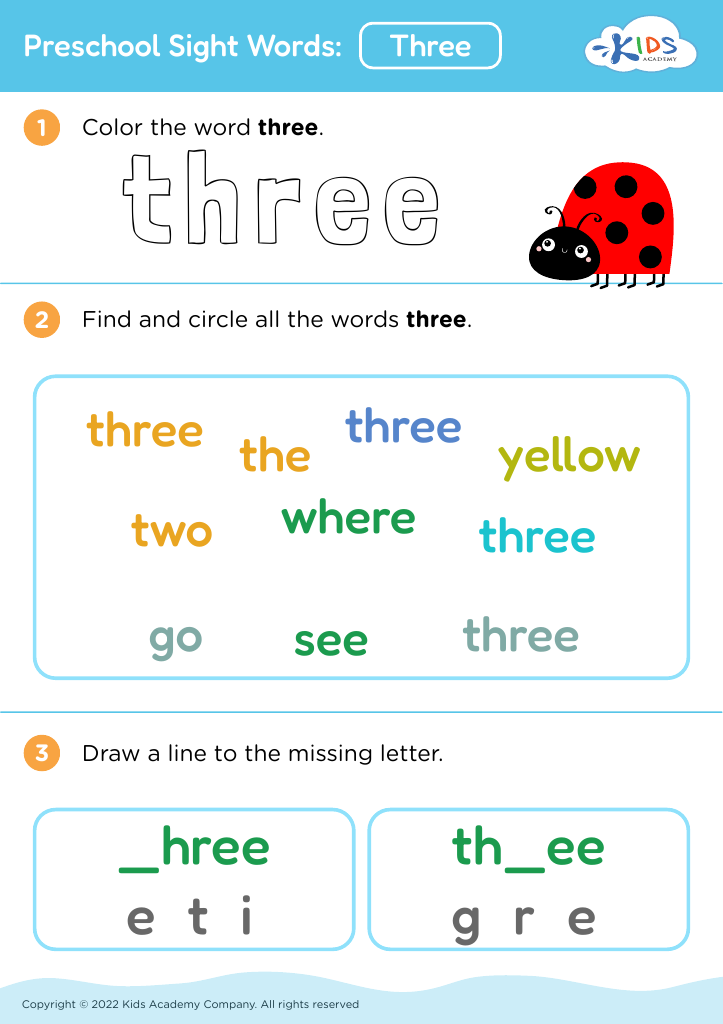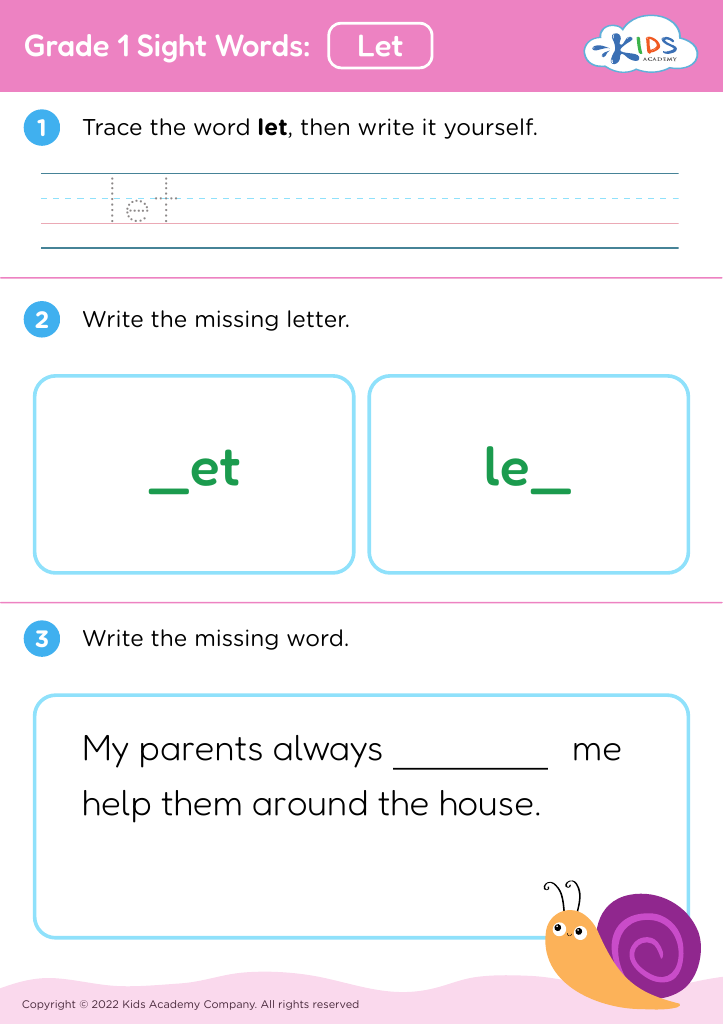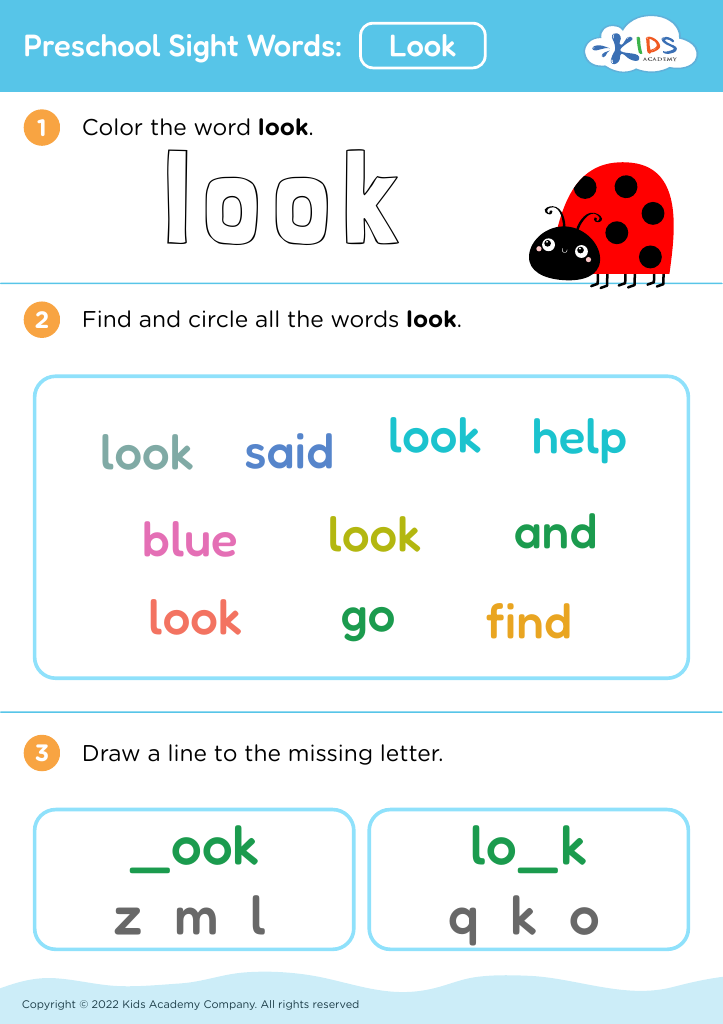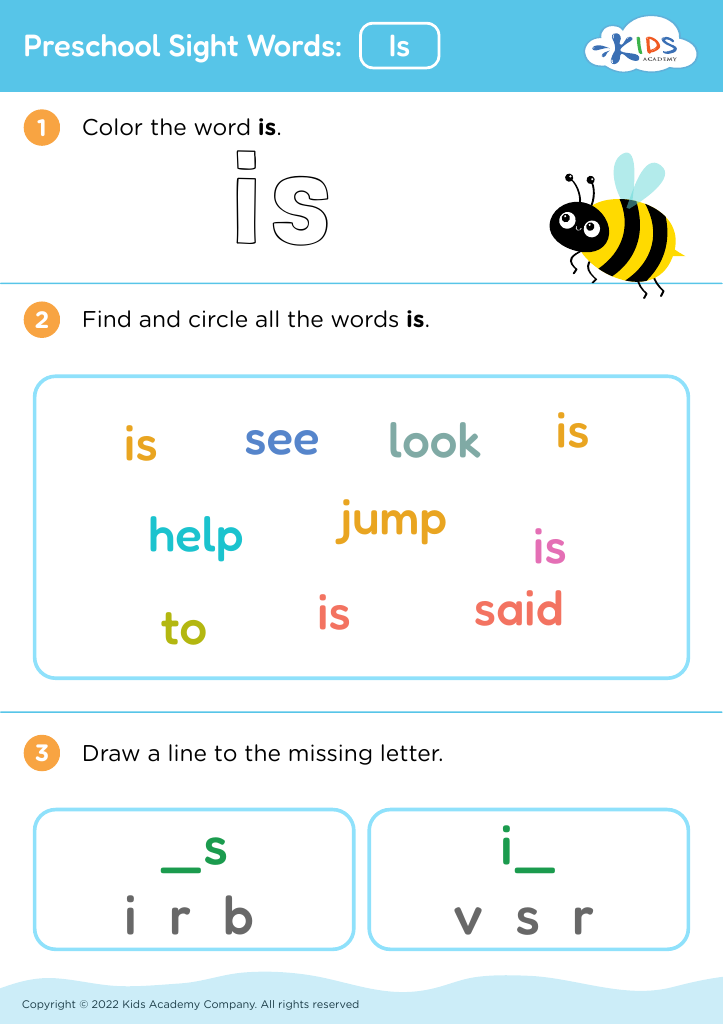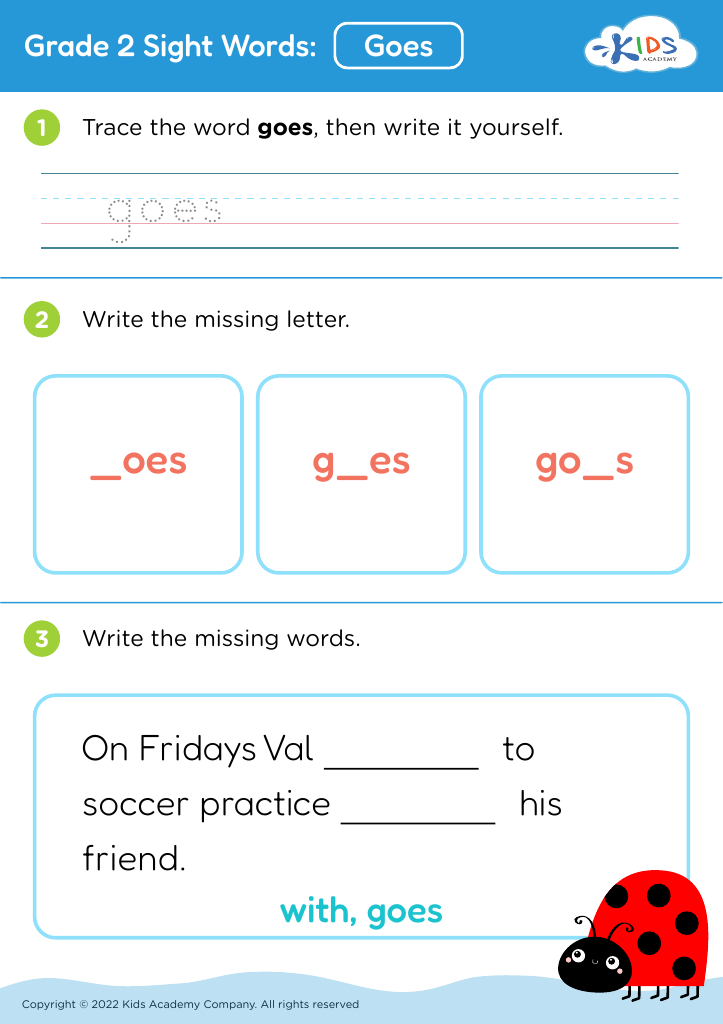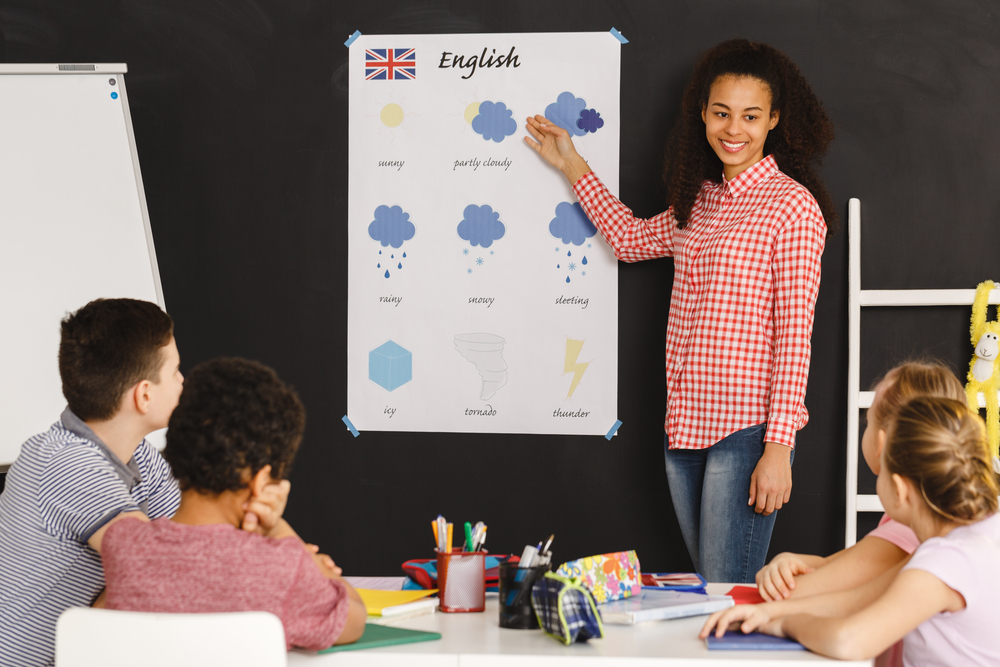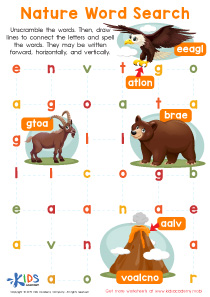Multiplication practice Sight Words Worksheets for Ages 5-9
5 filtered results
-
From - To
Enhance your child's math and reading skills with our Multiplication Practice Sight Words Worksheets designed for ages 5-9. These engaging worksheets combine essential reading practice with multiplication exercises, making learning fun and effective. Each worksheet features a mix of sight words and multiplication problems, helping young learners to build foundational skills in both areas. Perfect for reinforcing classroom learning at home or providing extra practice, our worksheets are tailored to support your child's educational journey. Download today and watch your child master multiplication and sight words with confidence.
Multiplication practice and sight words are fundamental elements in early childhood education, geared towards ages 5-9, because they lay the groundwork for academic success.
Firstly, learning multiplication at a young age builds numerical fluency, which is crucial for more advanced math tasks. It helps children understand patterns, develop problem-solving skills, and promotes logical thinking. These skills are vital as they progress to more complicated math concepts, setting a solid foundation for future learning.
On the other hand, sight words play a crucial role in developing reading skills. Sight words are commonly used words that children are encouraged to recognize without having to sound them out. Knowing these words by sight enables children to read more fluently and with better comprehension. This aids in building their confidence and fosters a love for reading, which is beneficial across all subjects.
Parents and teachers should therefore prioritize practice in both areas. Doing so not only addresses curricular demands but also nurtures critical cognitive development. Combining regular, consistent practice with encouragement and positive reinforcement can make these educational journeys engaging and enjoyable, preparing children for future academic challenges and everyday literacy.

